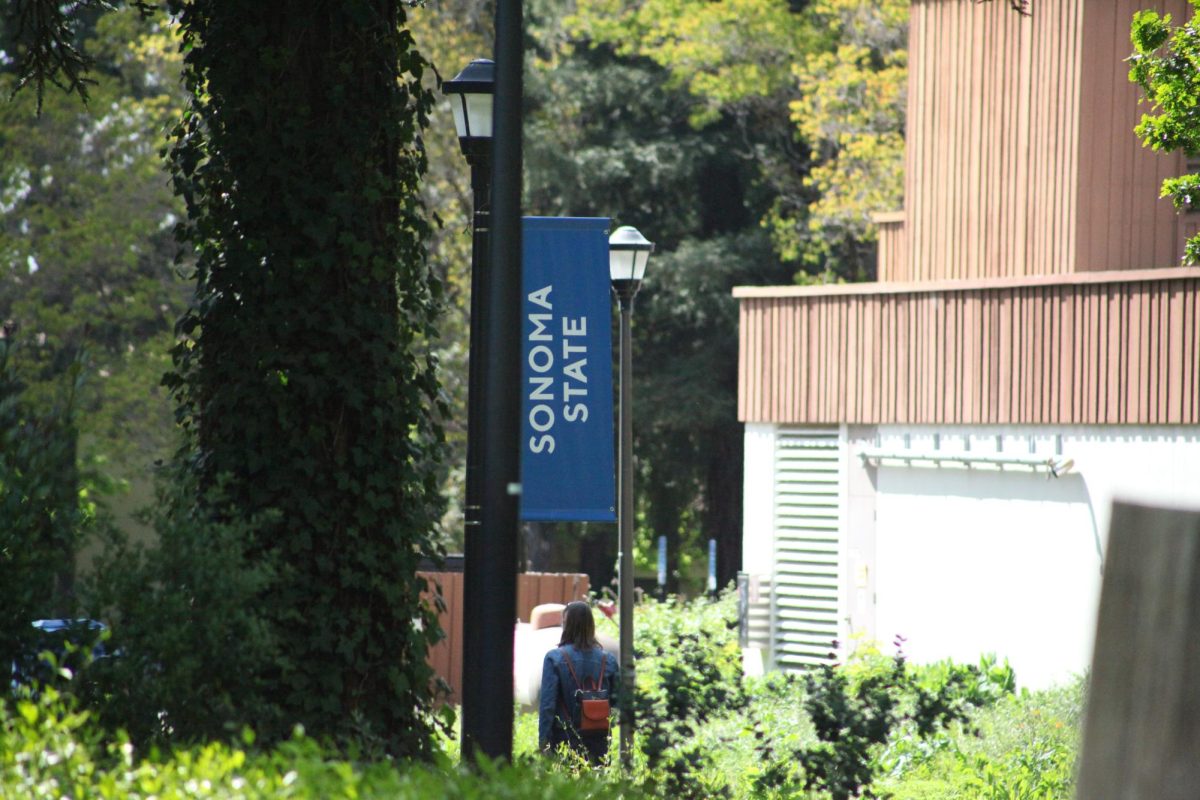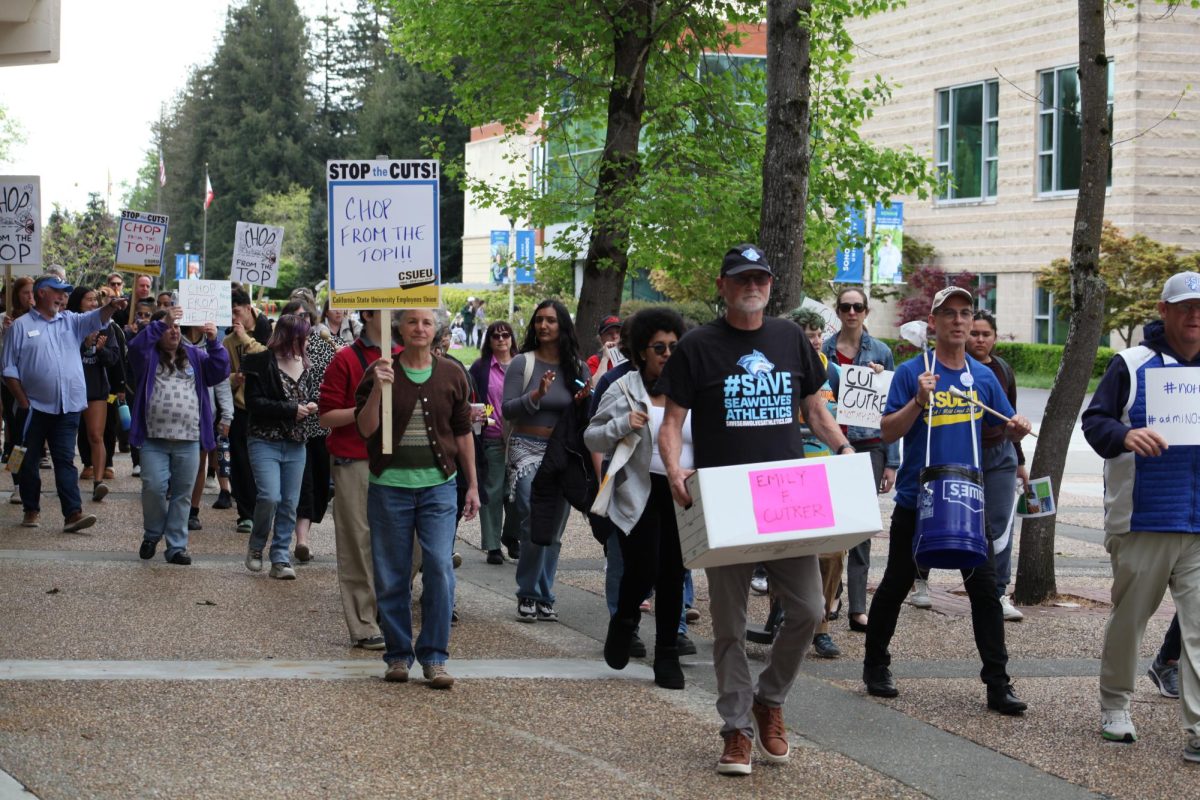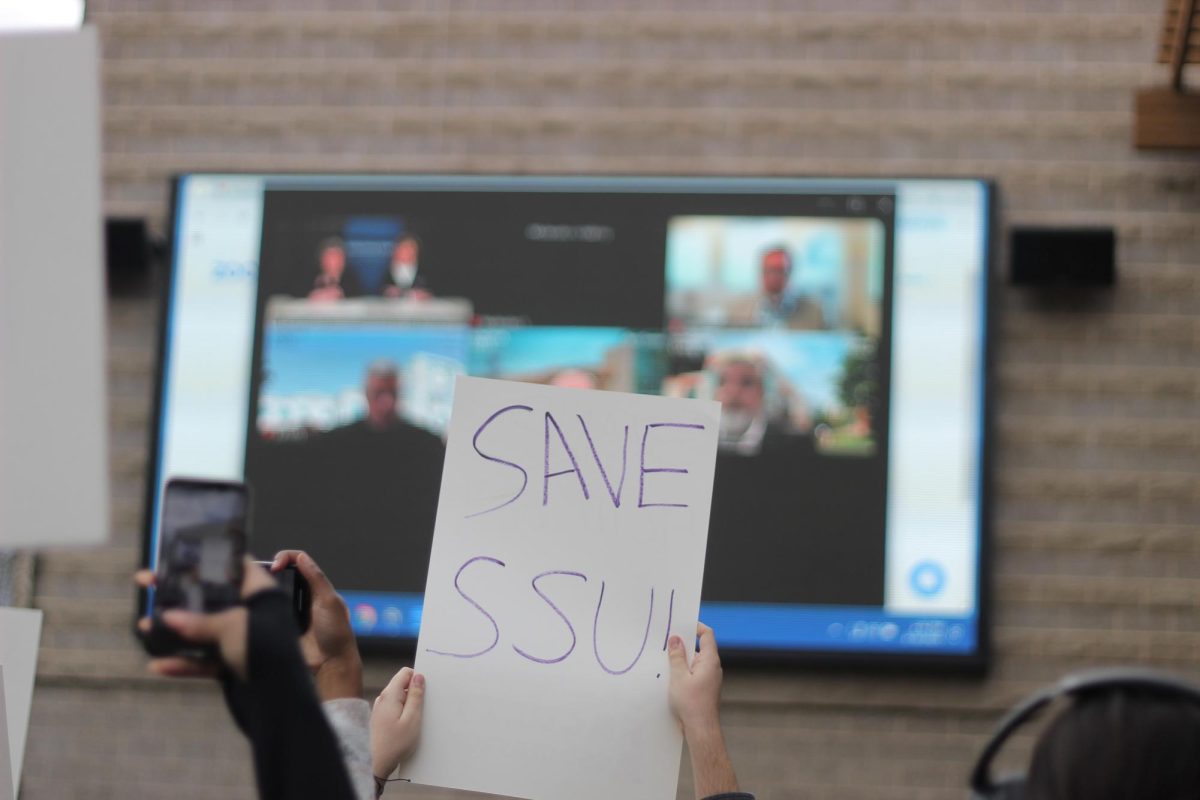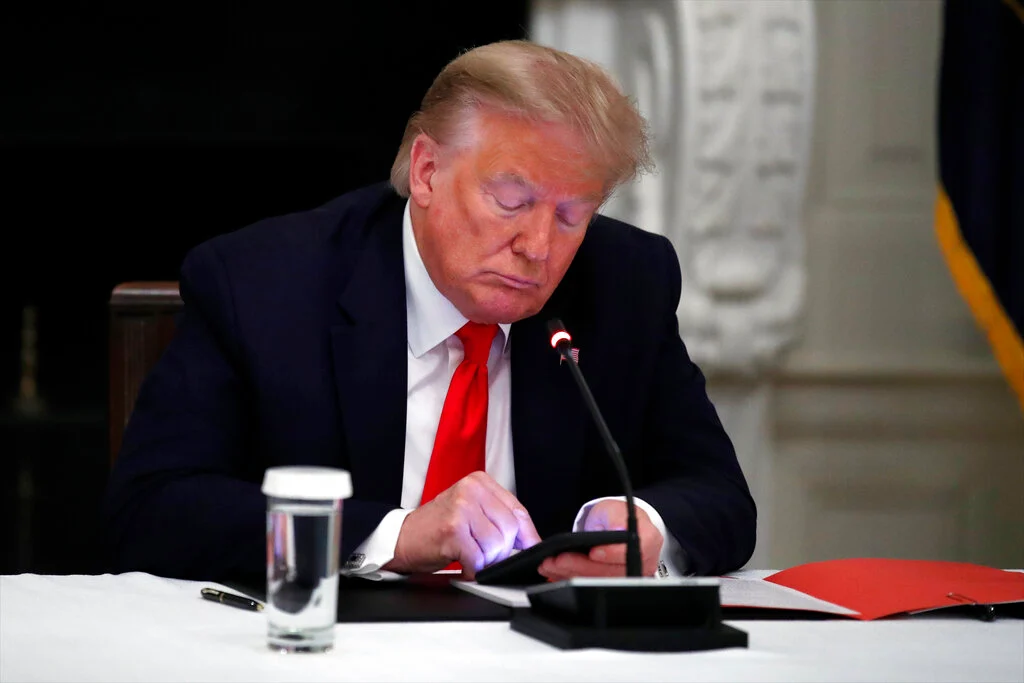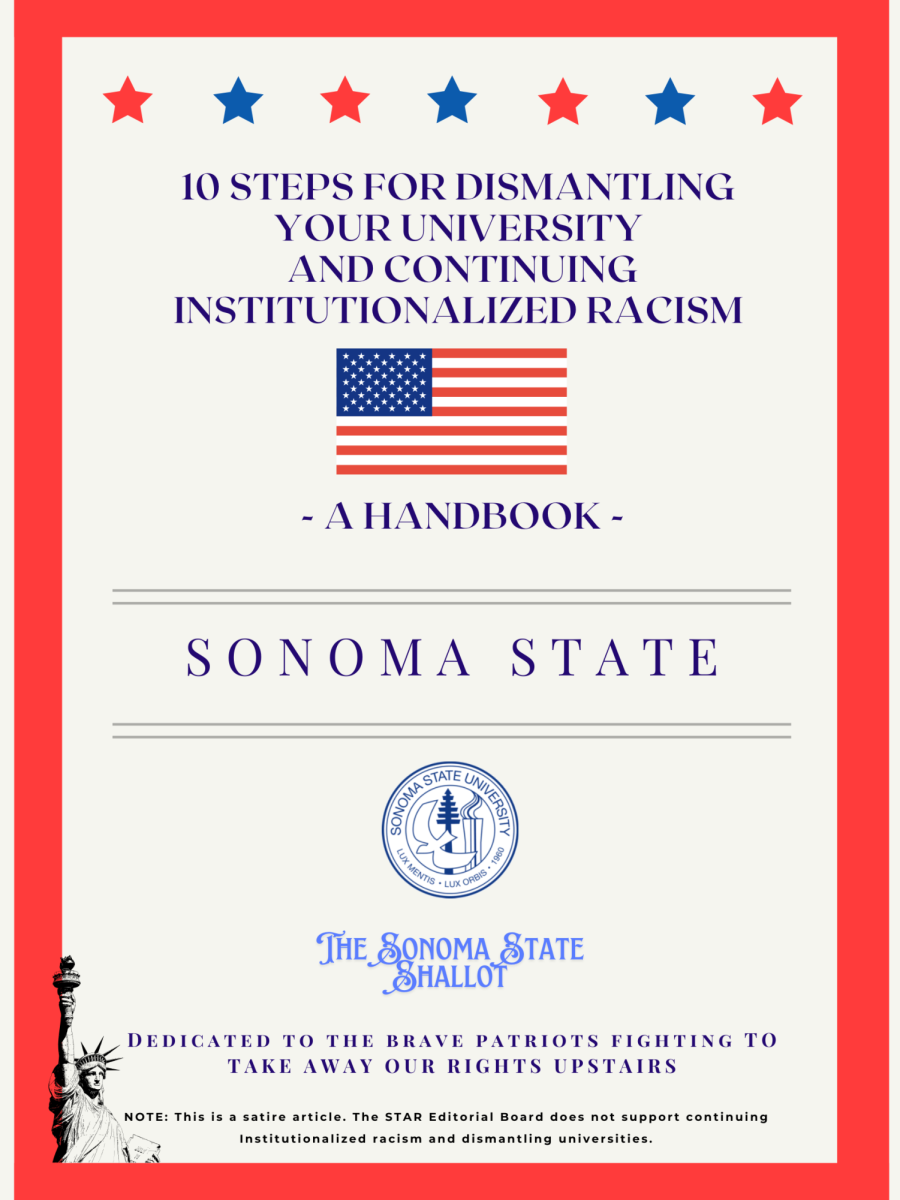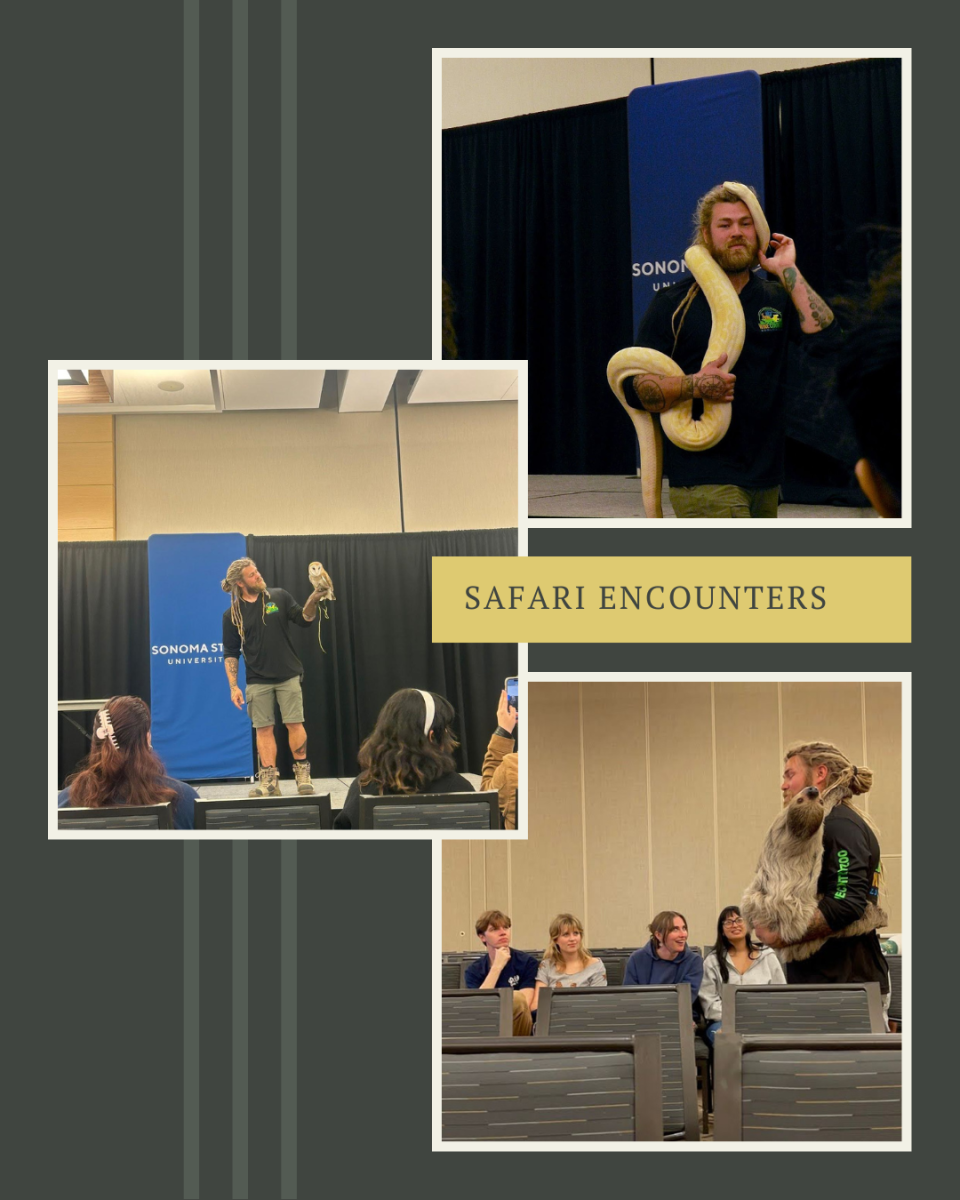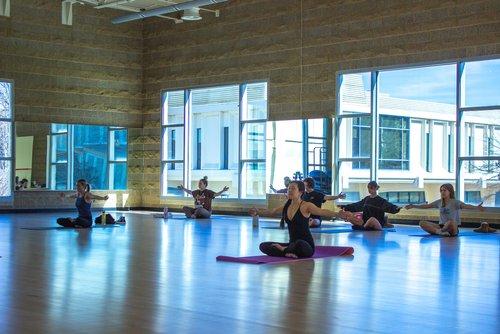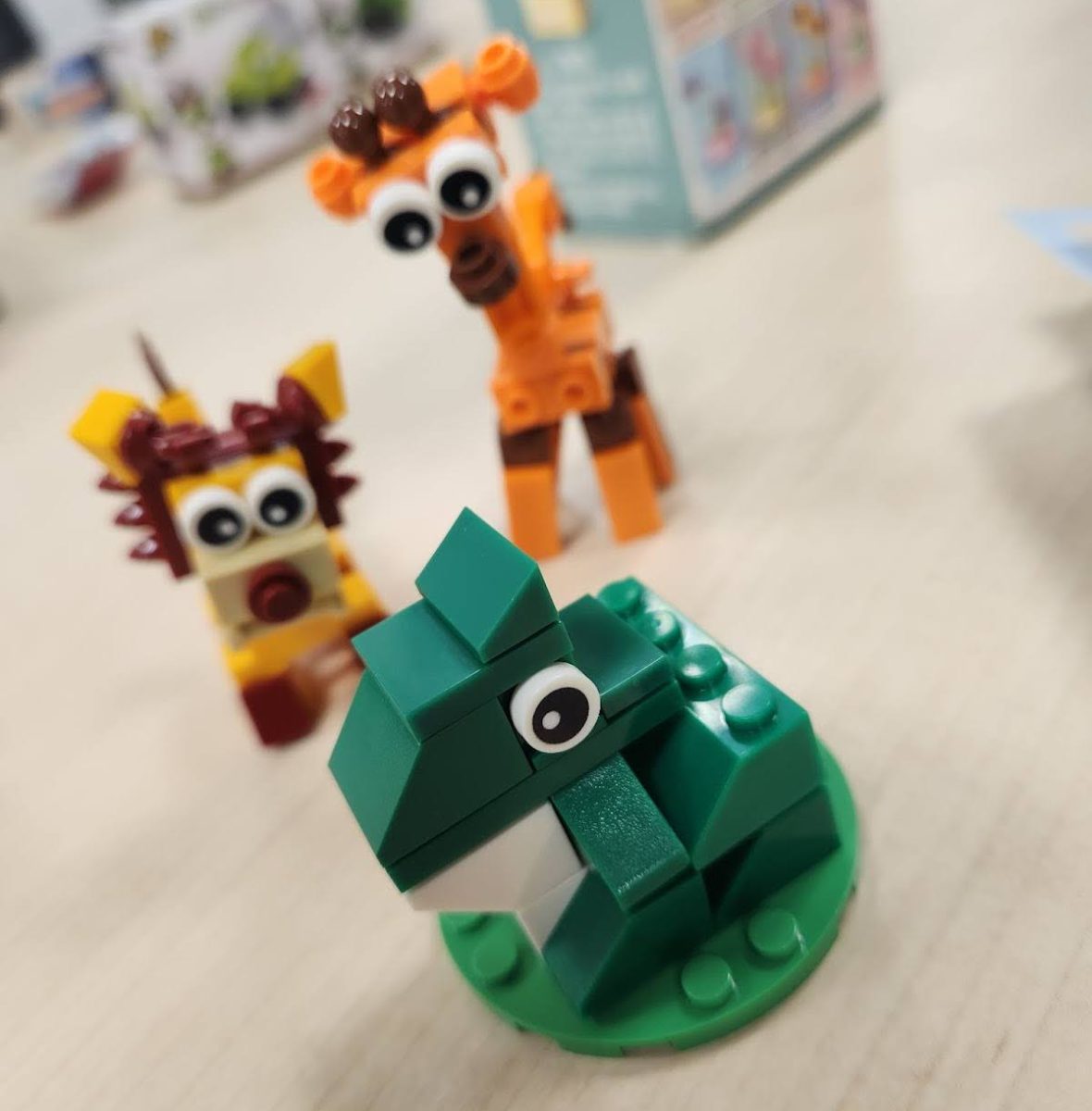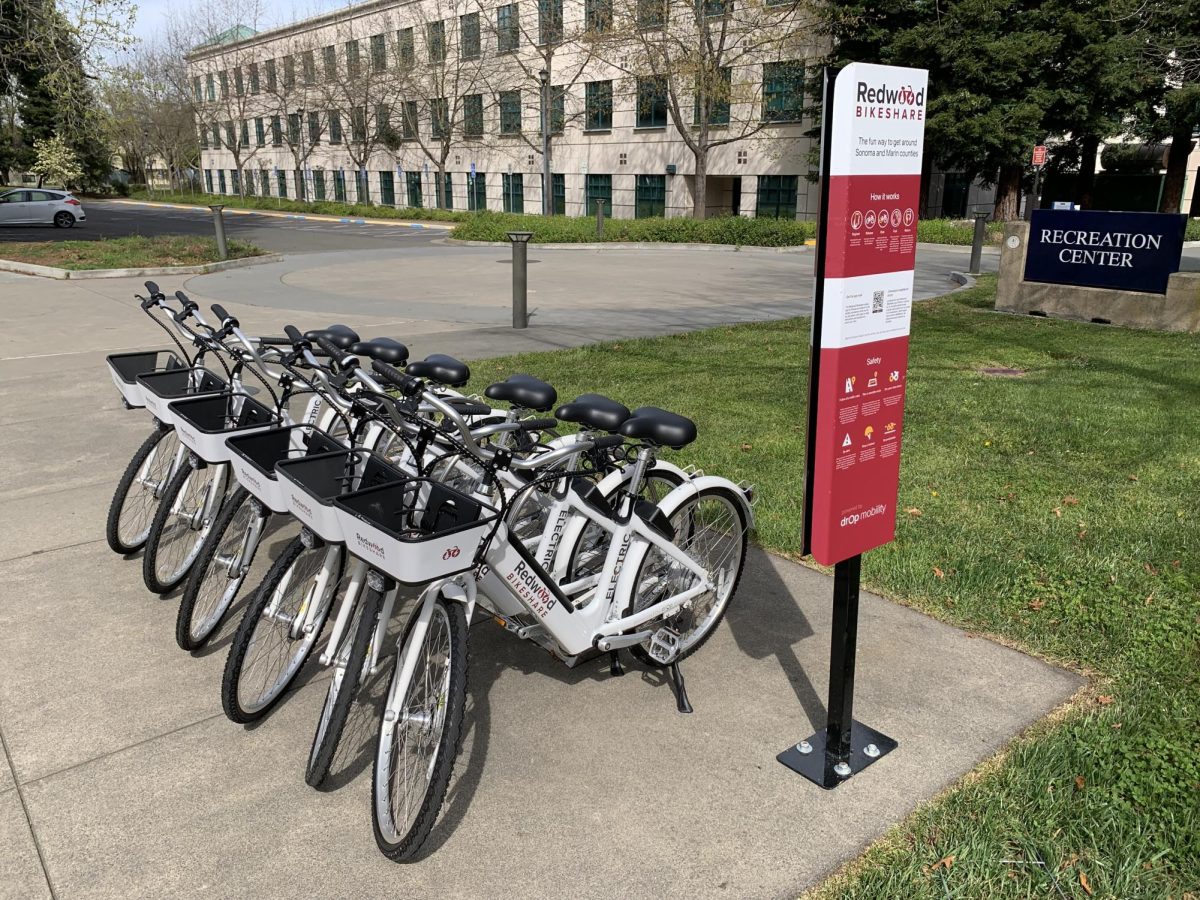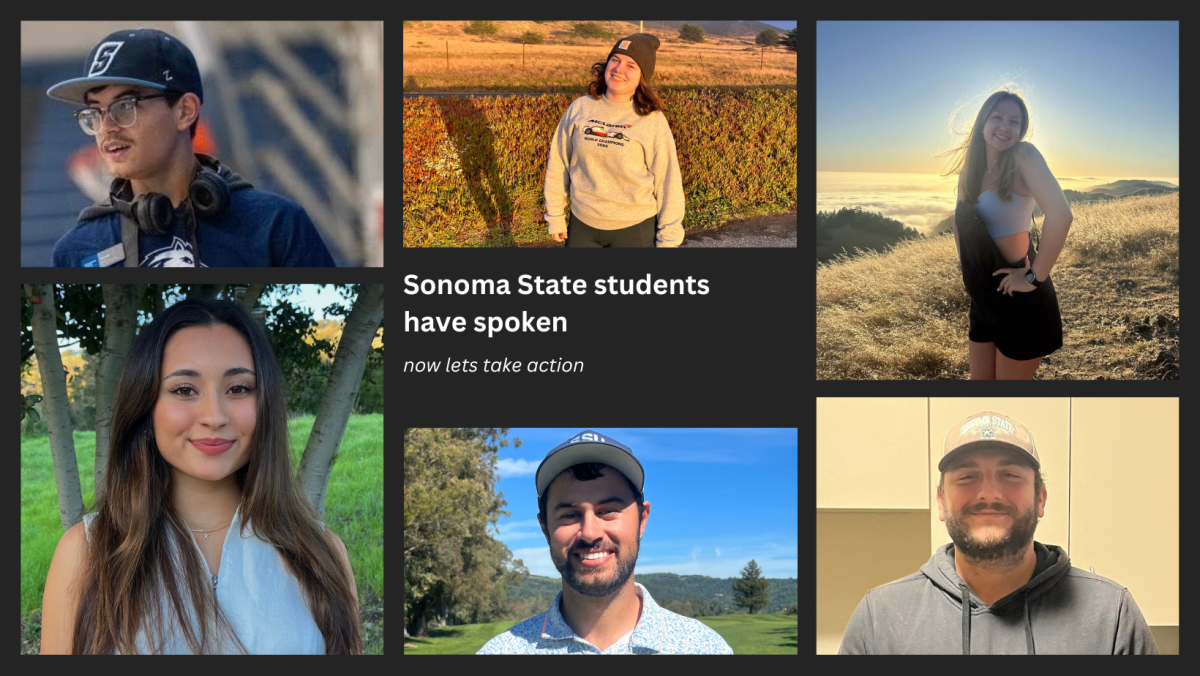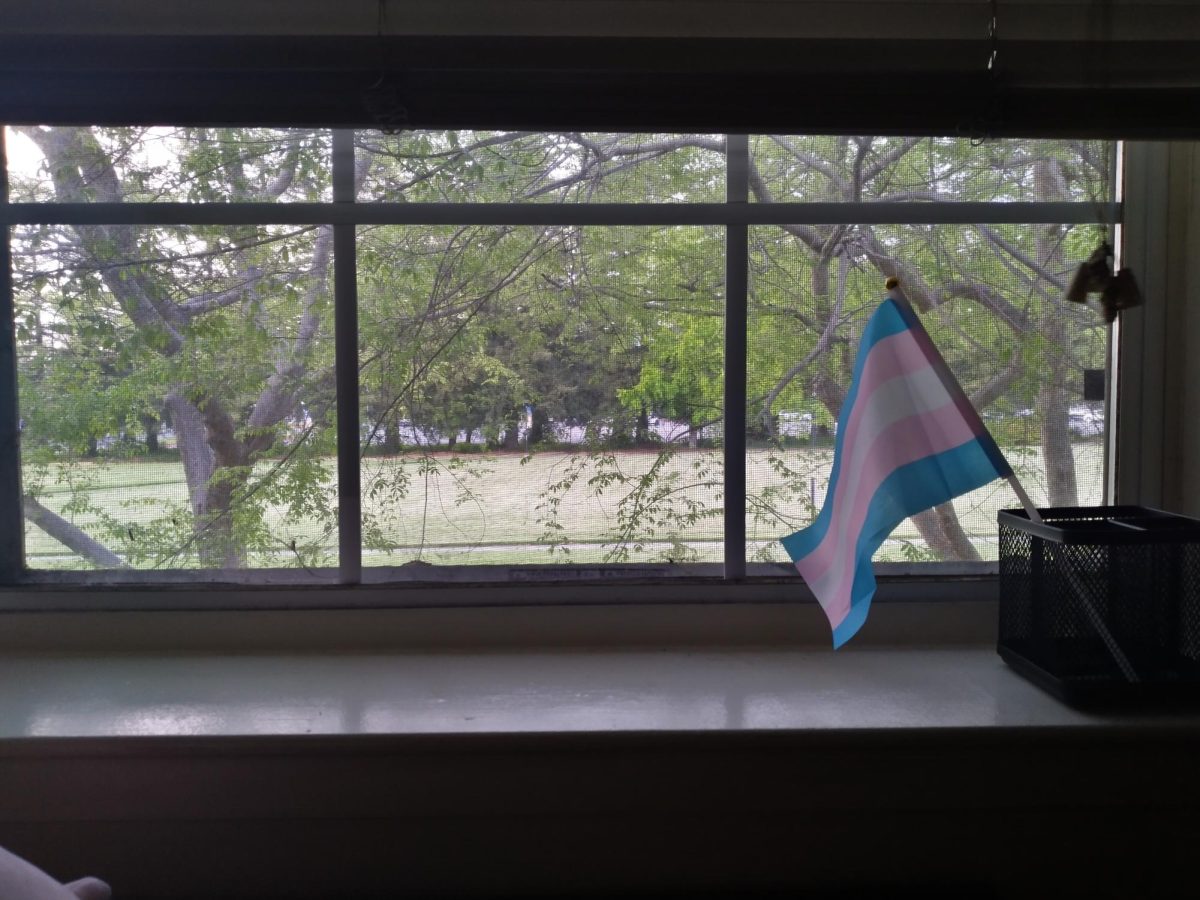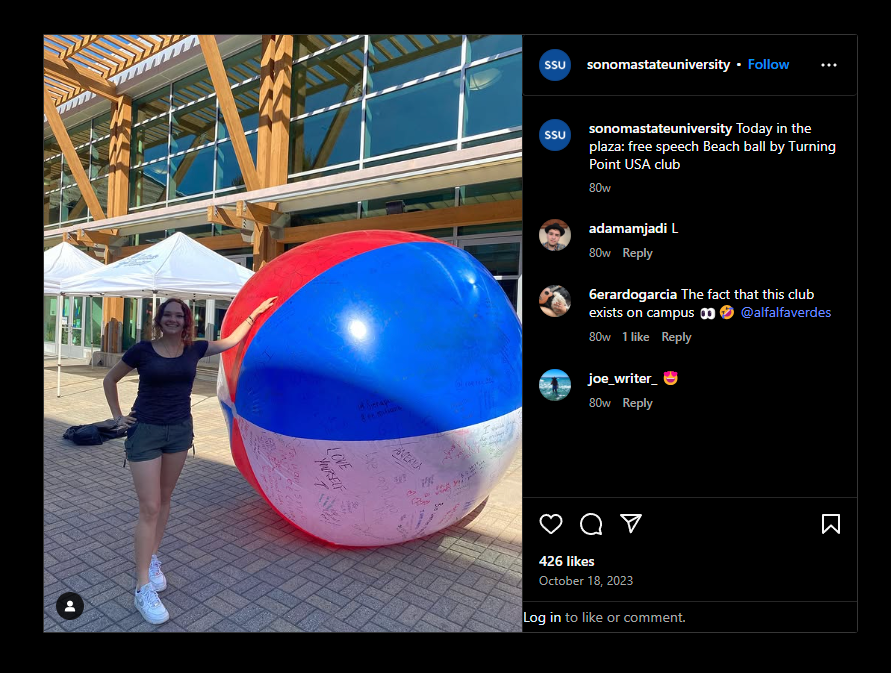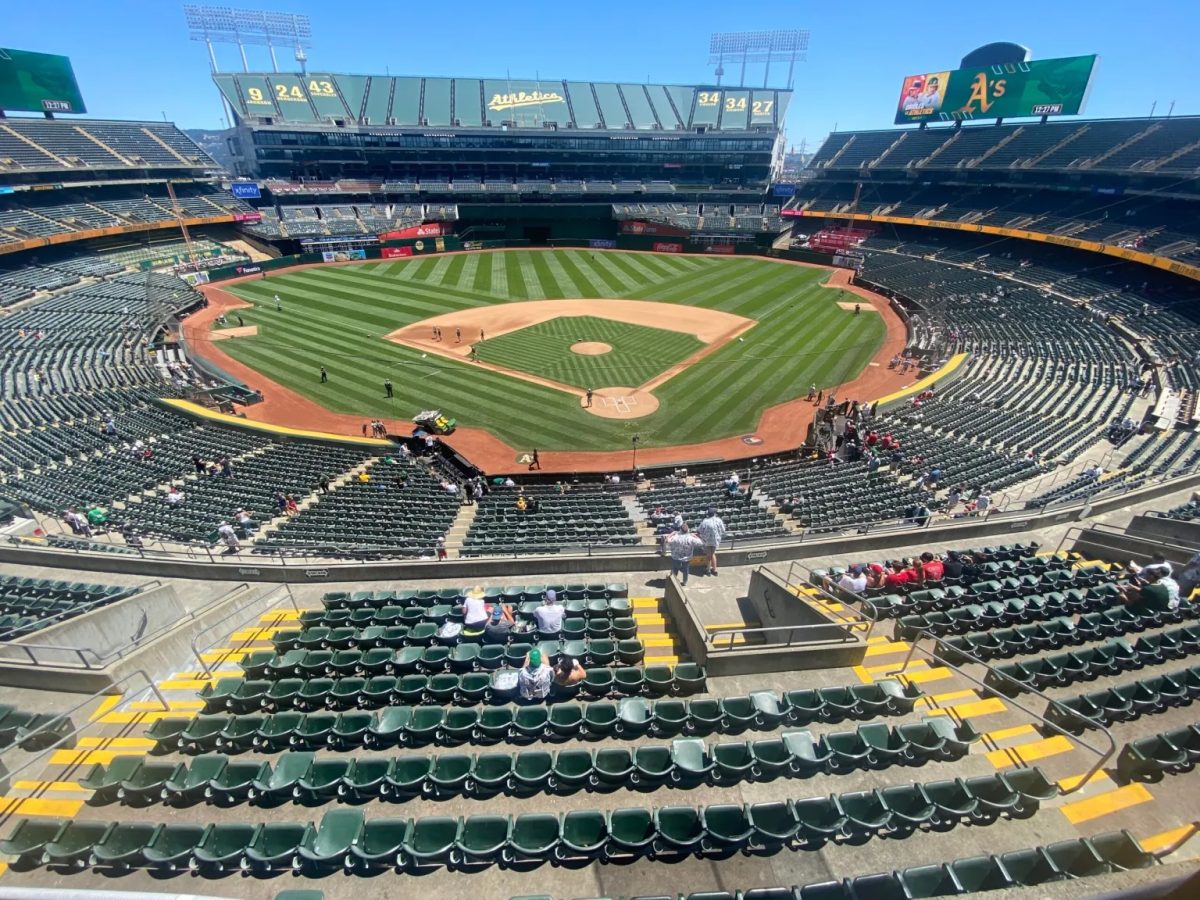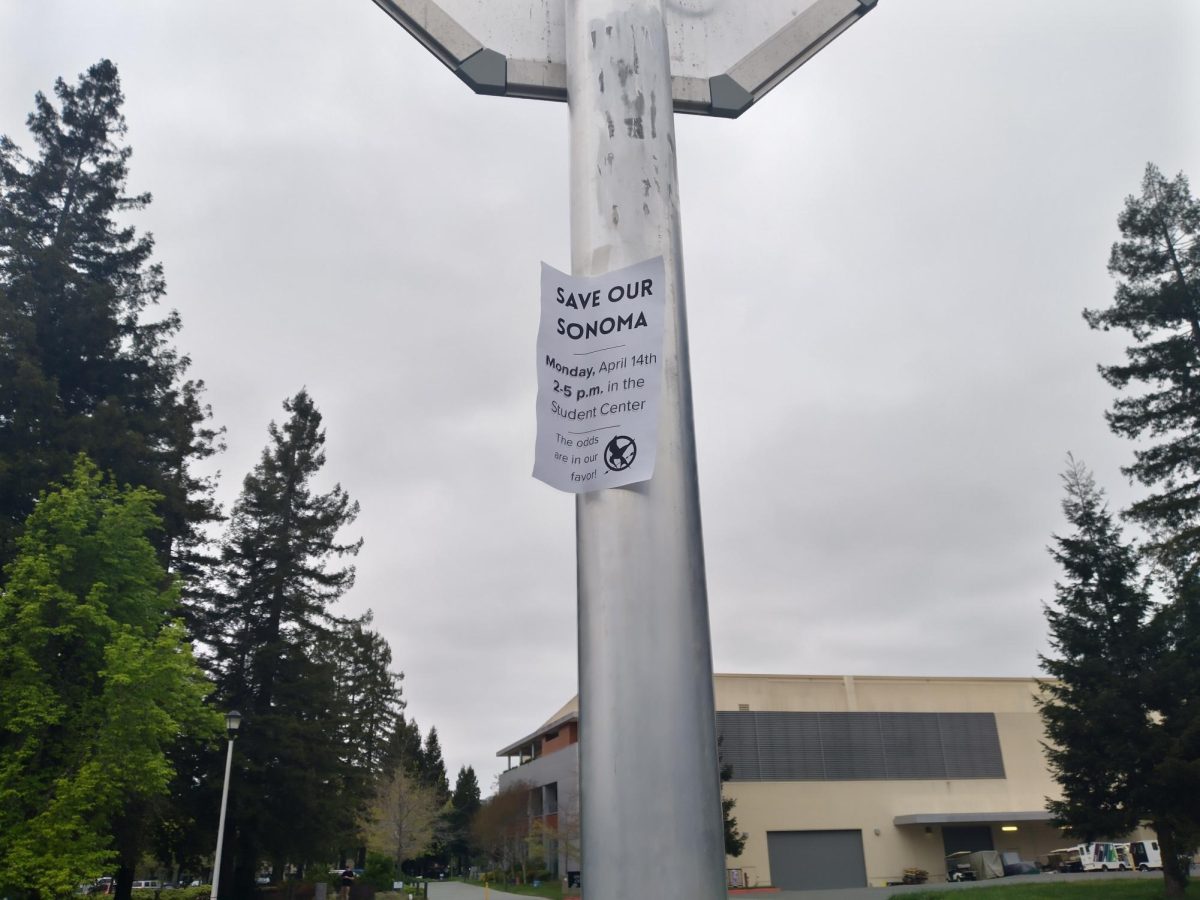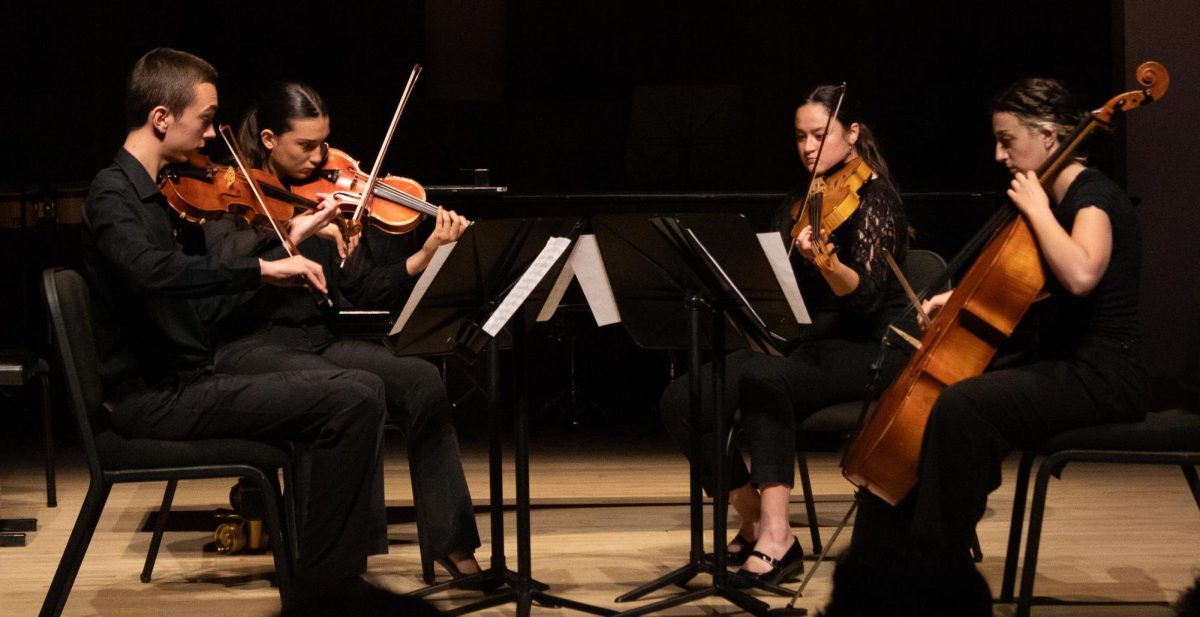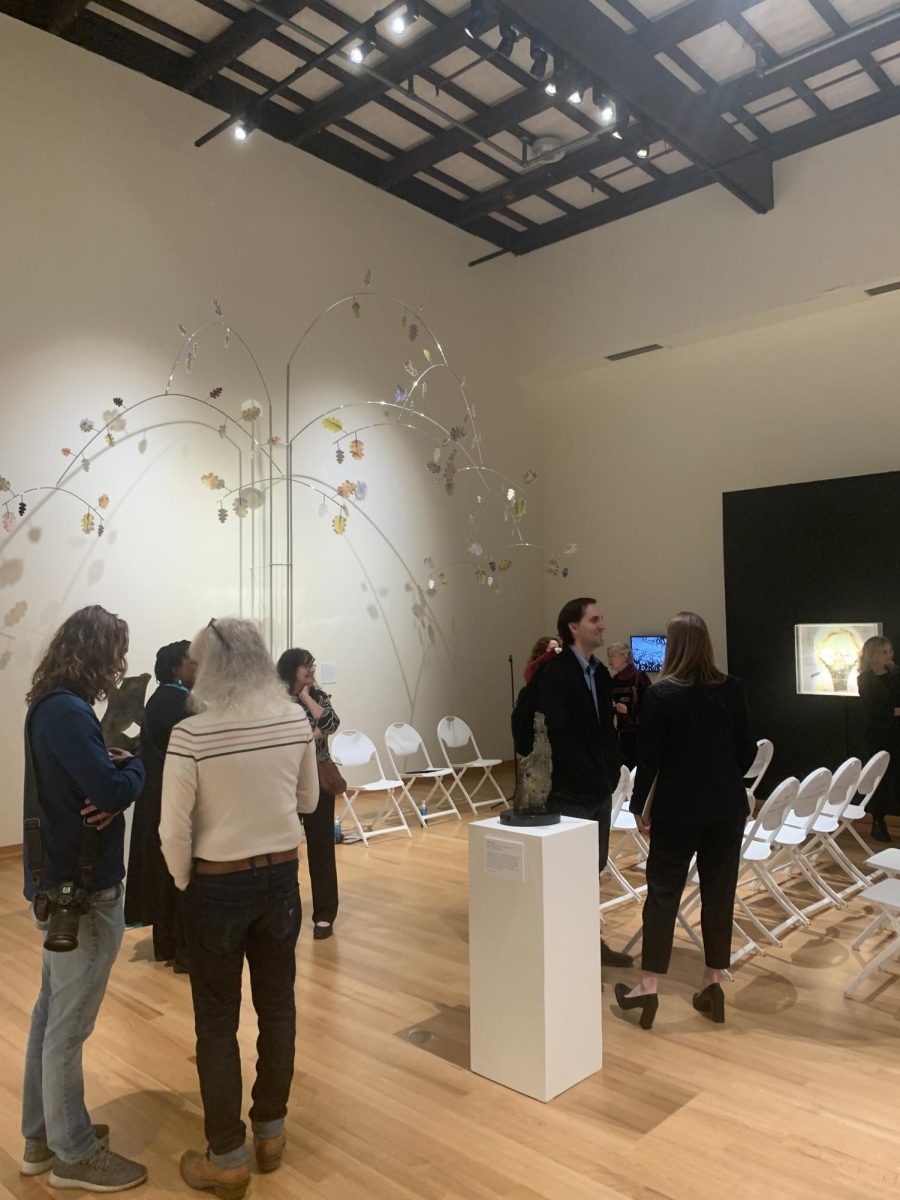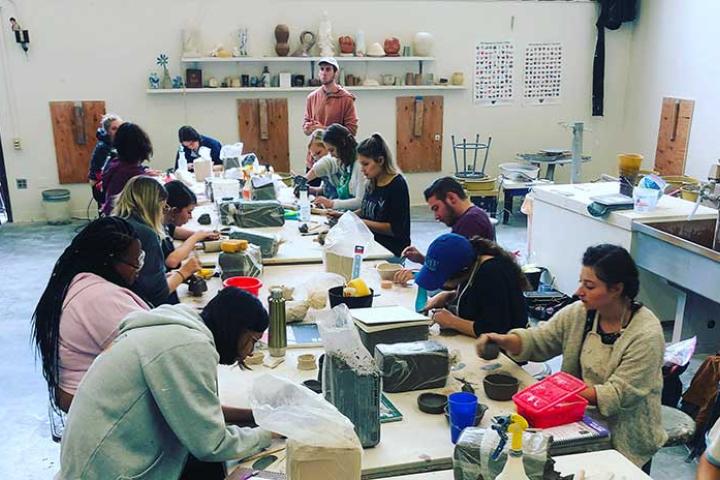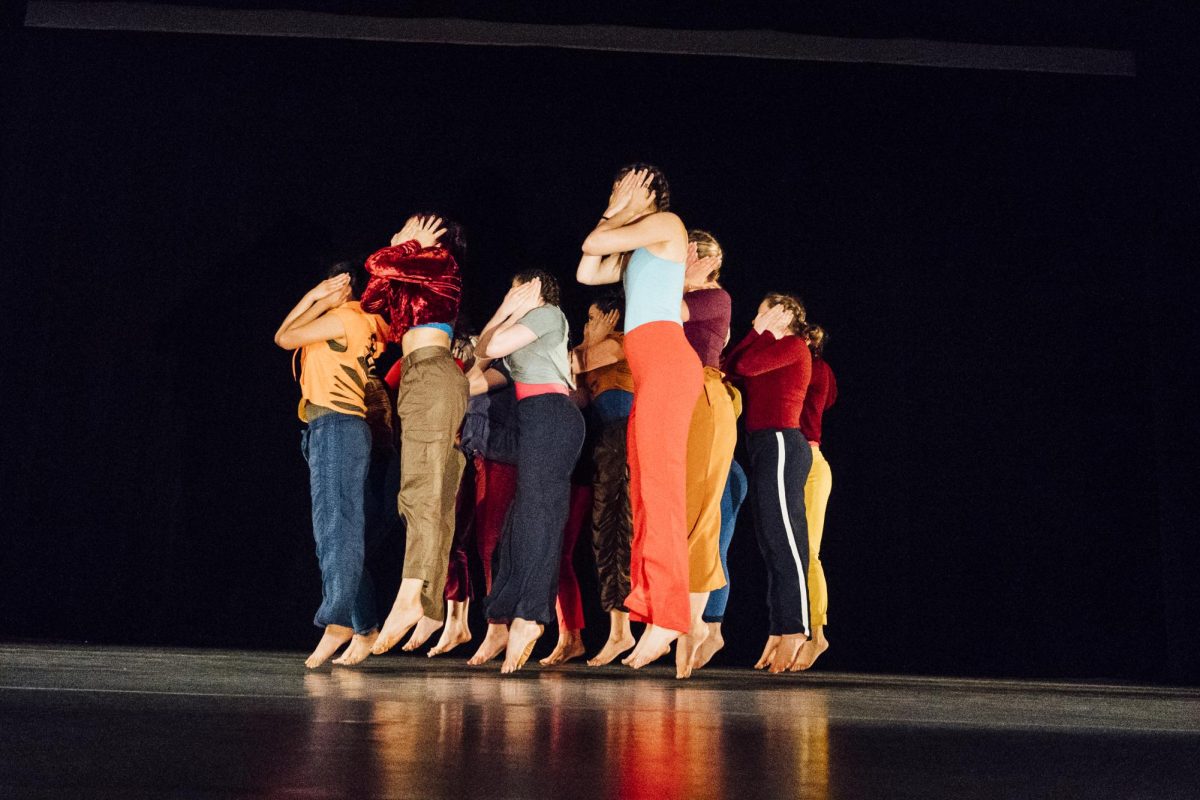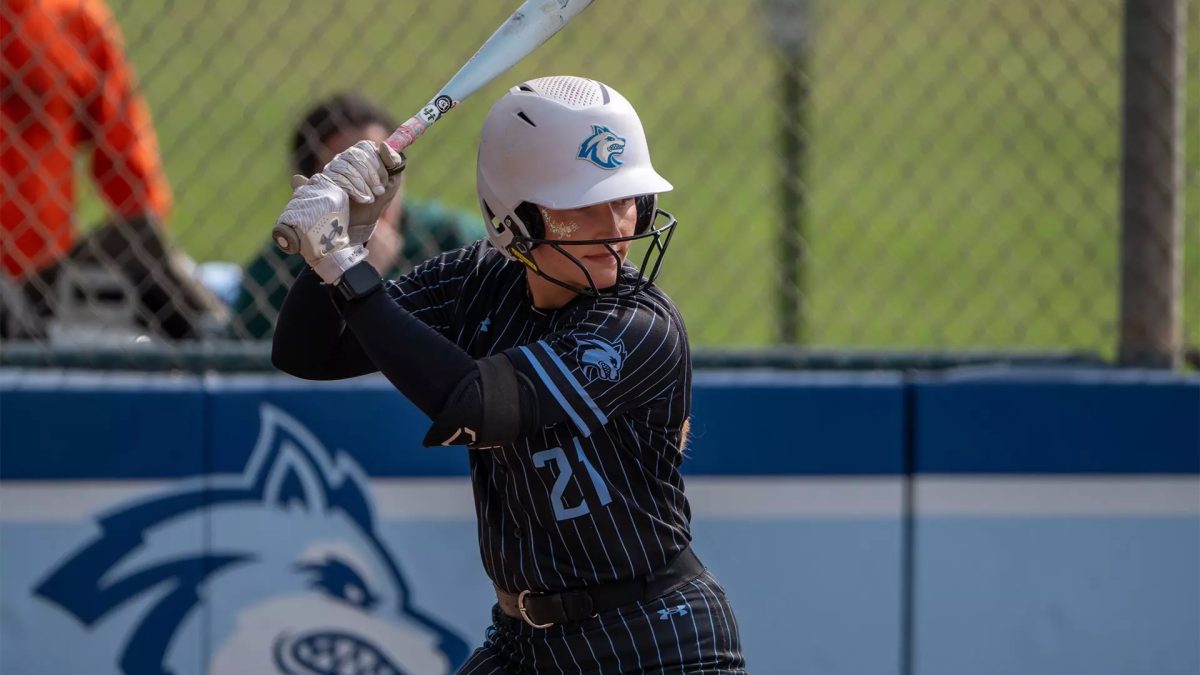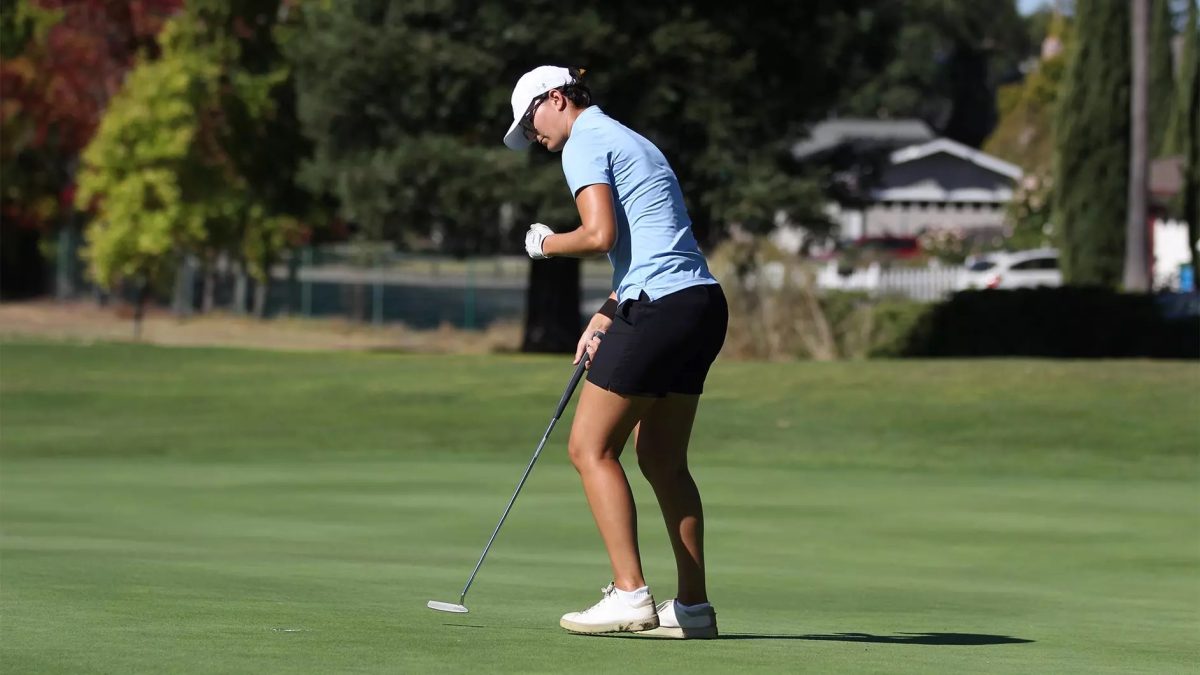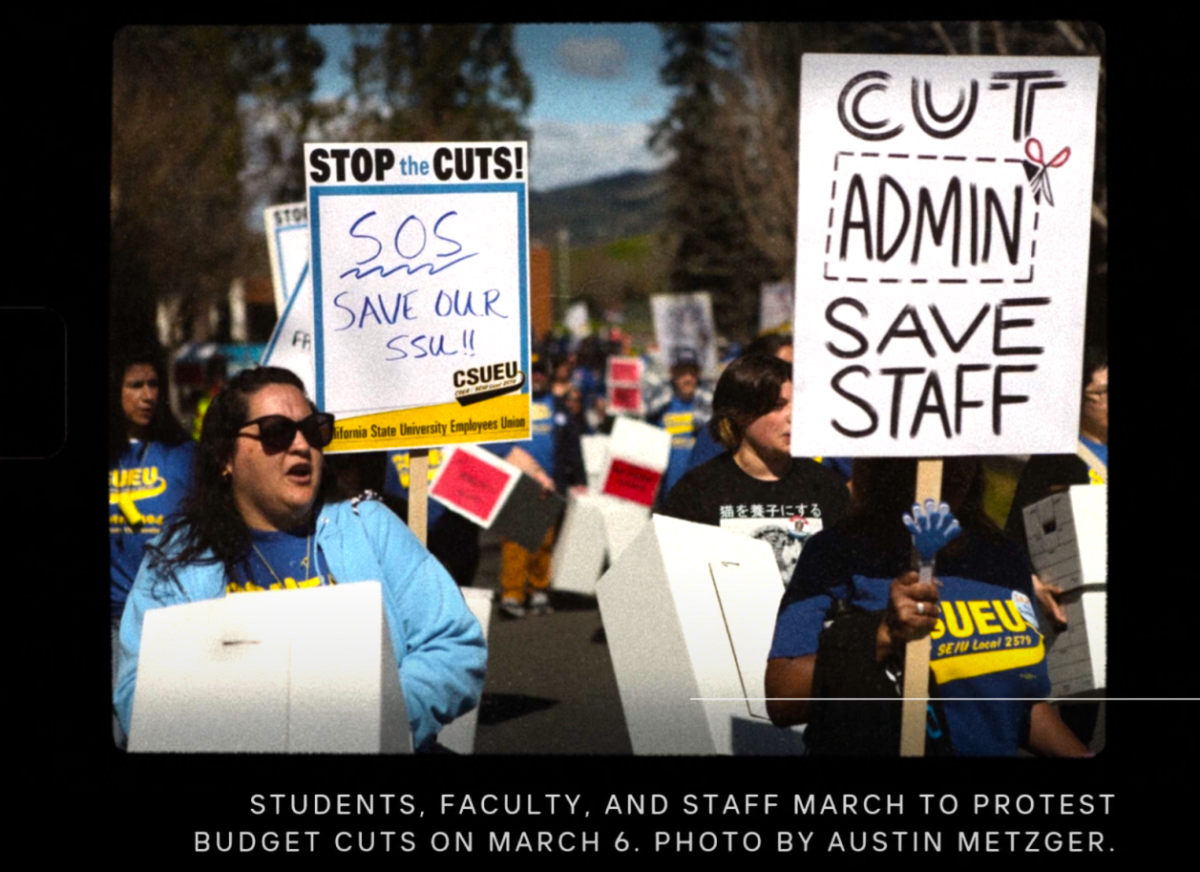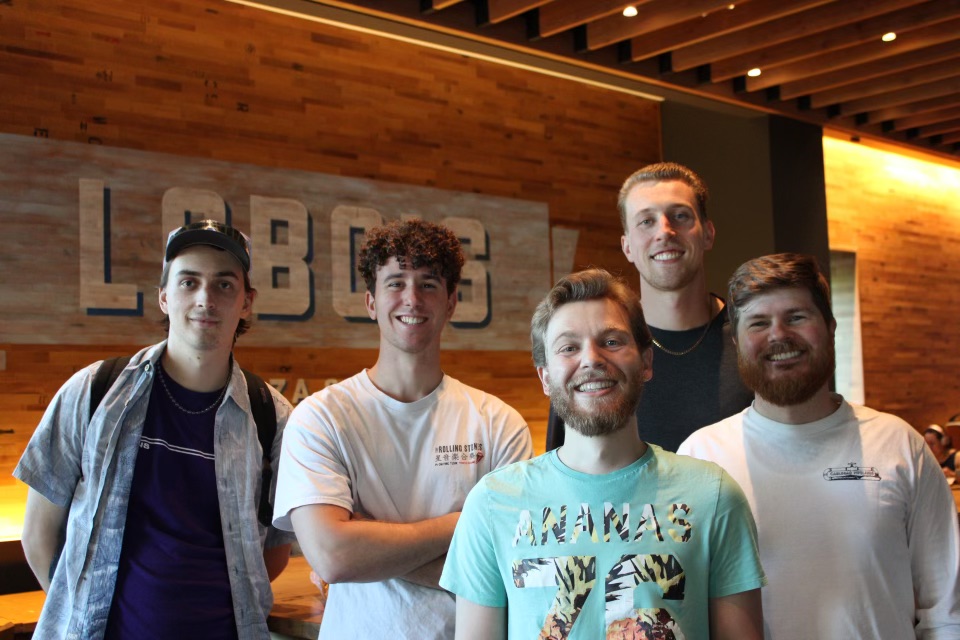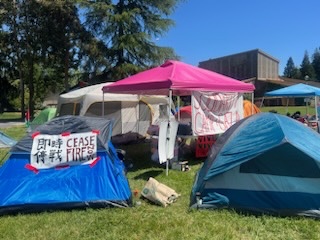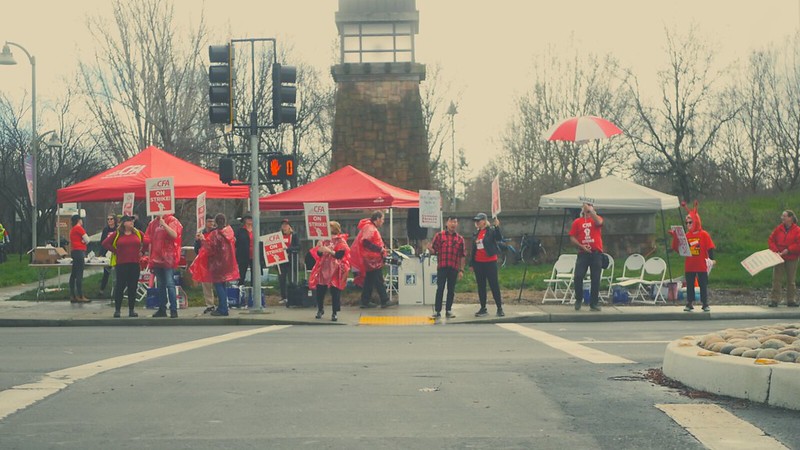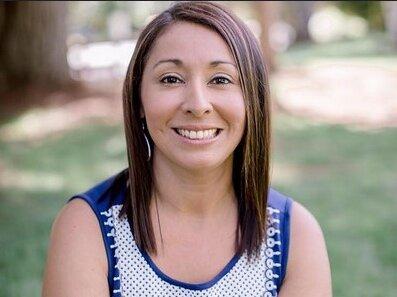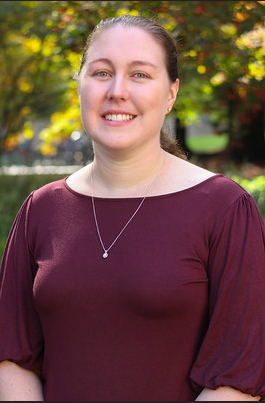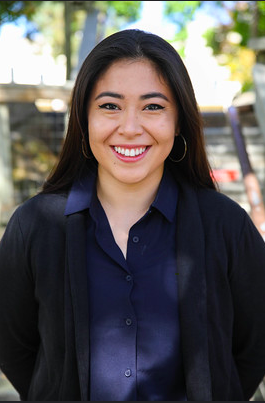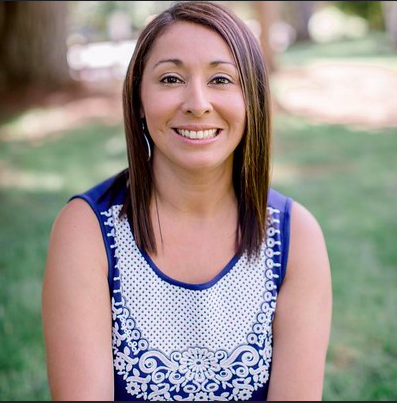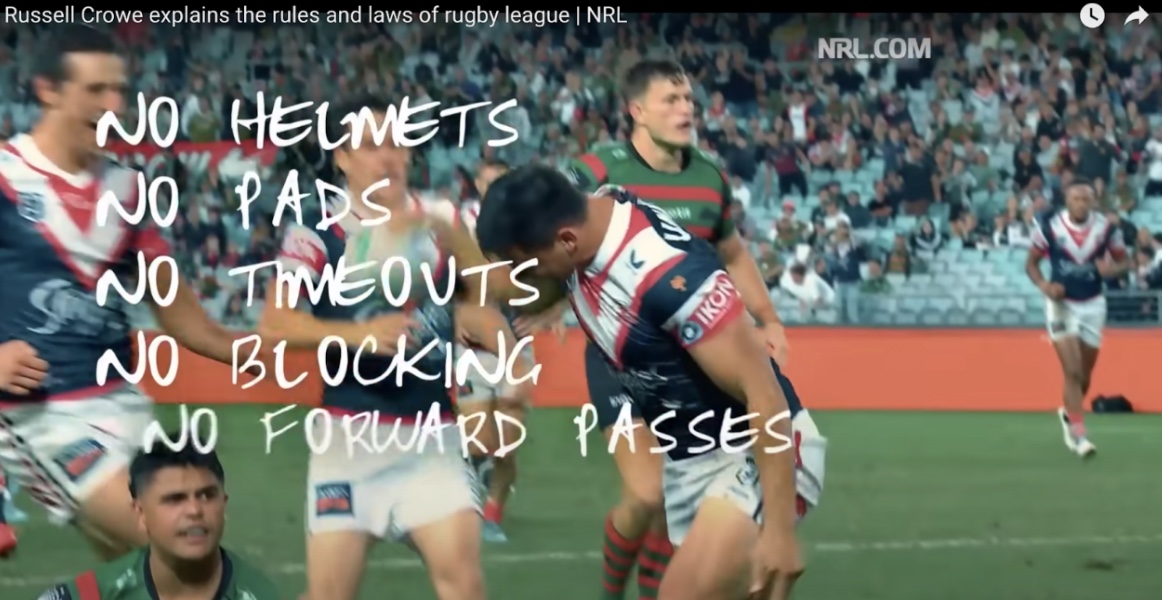On Tuesday, Sonoma State University announced its recipients of the 2020-2021 Koret Scholars Award, a research scholarship meant to support undergraduate students and their faculty mentors in various projects. Six faculty members from the Arts and Humanities Department were chosen to receive the award, and each recipient has a team of four undergraduate students. Awards vary depending on the project, the maximum for each team as a whole being $8,000 and the minimum being $6,000.
The Koret Scholars award, as described by the SSU website, is made possible by a grant from the Koret Foundation and “…provides funding for one faculty mentor working with four undergraduate SSU students, and priority is given to applications that demonstrate diversity in the research workforce through the inclusion of students from groups that have been shown to be underrepresented in higher education.”
Each recipient submitted a proposal for either a research or a creative project, and now that they have received funding, the faculty and their team of student researchers are beginning to plan out their projects. Award selections are based on both the quality of the proposal and the dedication to engaging undergraduate students in research and creative projects, according to the SSU website.
One award recipient, communications professor Emily Acosta-Lewis, is working on a research project that analyzes holiday movies and their inclusion and portrayal of underrepresented groups.
COURTESY// Sonoma State University
When asked what this award means to her and her team, Acosta-Lewis said, “To have the opportunity to work so closely with four undergrad students on a high-impact practice is such an honor. Especially in these most abnormal times, I feel like the connection to a research project and to the research team will be extremely beneficial to everyone involved.”
Farrah McAdam of the Theater Arts and Dance Department, along with her four dance students, will be, “…using [their] various dance forms and practices to explore [their] realities within the contexts of identity and humanity, and increase the visibility of creative work and performance research in academia,” according to McAdam’s project proposal. The team will be using McAdam’s previous work, “Code Em”, as the base for their research. McAdam said that her and her team are currently working on another project, but will begin planning for their funded project as soon as they are finished.
COURTESY// Sonoma State University
English professor and award recipient Emily Hostutler and her team created a combination scholarly and creative project that will, in partnership with the Soco Monarch Project, include a mural representing the impact student-driven community projects have on Sonoma County and an academic analysis of past and present community engagement projects, as well as their outcomes. According to the Soco Monarch Project’s website, they, “…use art to tell the stories of immigrants, to empower our community, and to humanize the people who are lost in politics,” which are similar values to those behind Hostutler’s project.
Art Instructor Sena Clara Creston describes her project “The Huminal” as “a glowing robotic sculpture made from discarded plastic water bottles and shopping bags.” She explains that the sculpture is meant to bring together arts, engineering, and social awareness through creativity. The project, and its sister installation “Machinescape”, are meant to express the relationship between individual actions and environmental impact, according to Creston.
Marie Ramirez Downing, an SSU Theater Arts and Dance instructor, based her project on representation of Mexican and Chicano voices in the northern, central, and southern areas of California. She noted that the current California database for Mexican and Chicano accents in regards to acting and theater performance needs to be updated, and her team’s research will help create representation for this underrepresented community within the world of performance.
COURTESY// Sonoma State University
Communications professor Talena Sanders was recognized for her project “Fiction Film Research and Development and Documentary Film Distribution Planning”. Sanders has extensive experience working on documentary films and has created a few herself.
This award is meant to provide opportunities for undergraduate arts and humanities students who normally would not receive funding to do any sort of research, and as McAdams said, “When creating art in the professional world, it is already rare to find opportunities to have an artist’s process and creations fully funded.”
To learn more about this award and how to apply, visit orsp.sonoma.edu/student-research/research-opportunities/ssu




